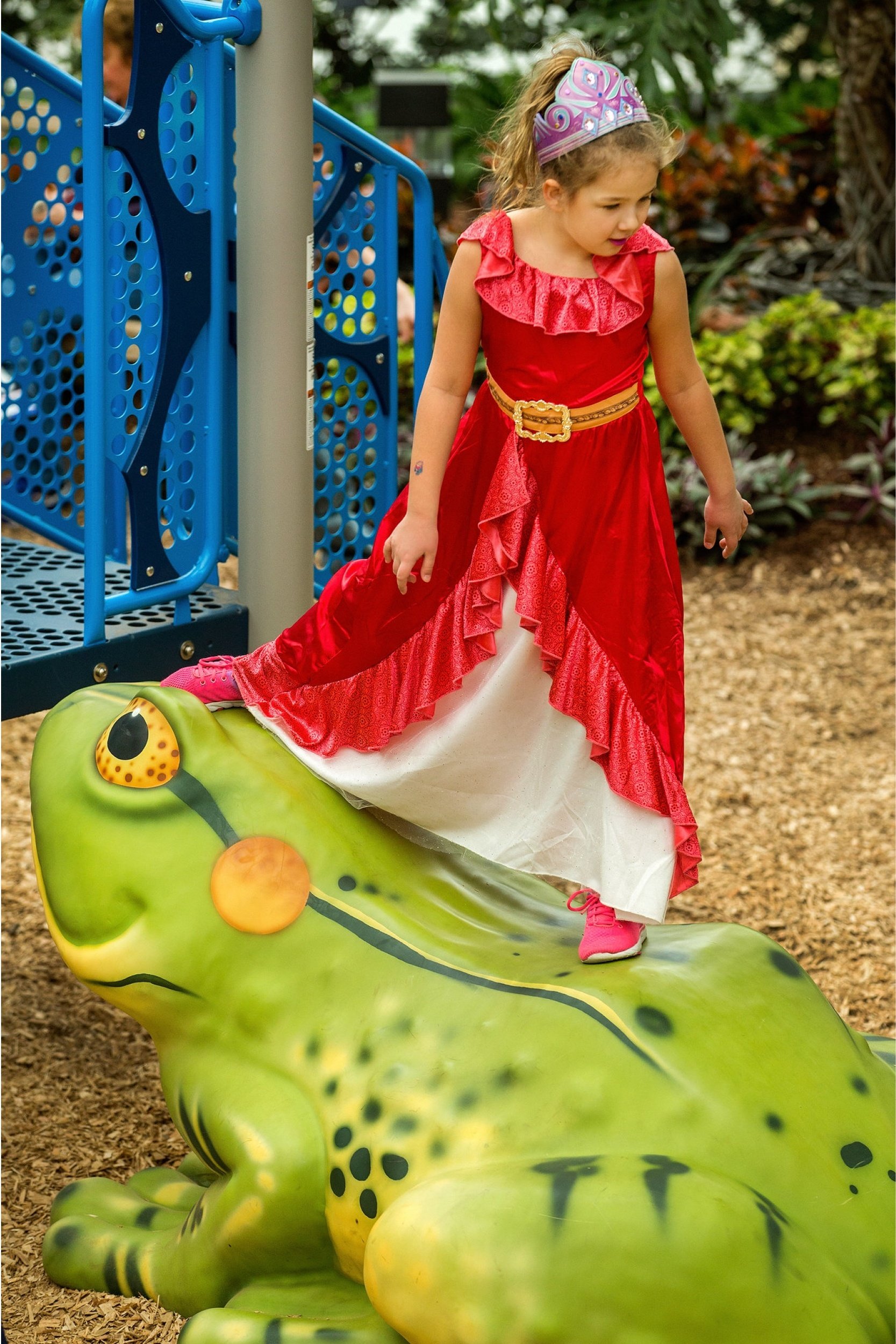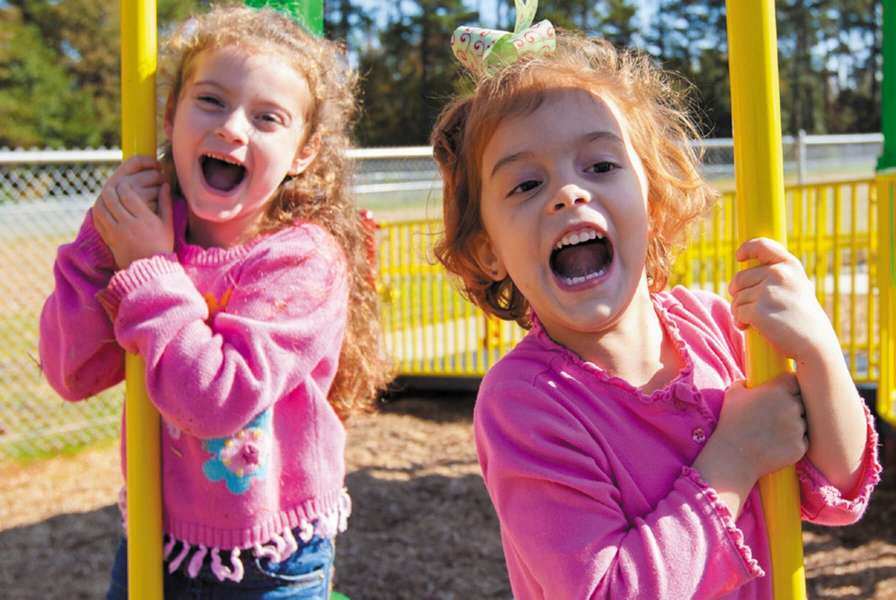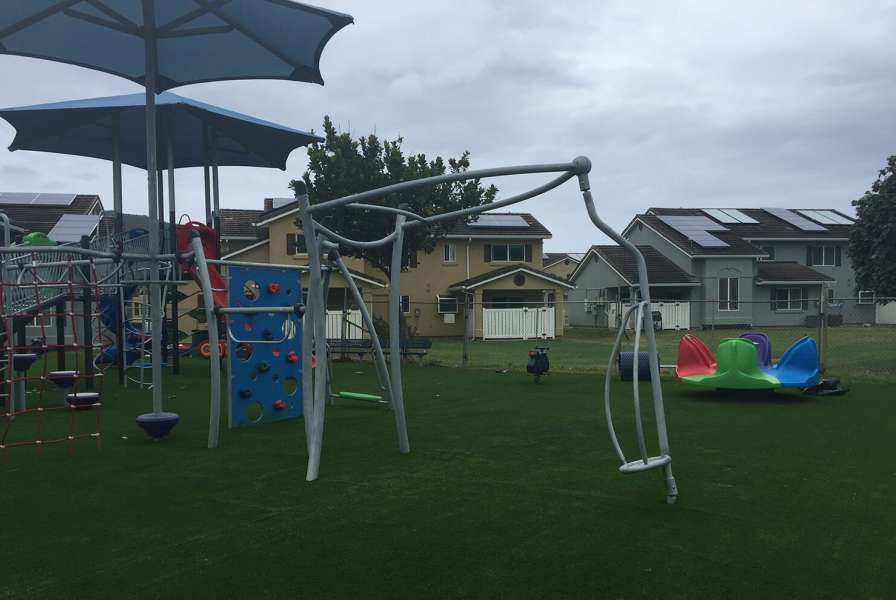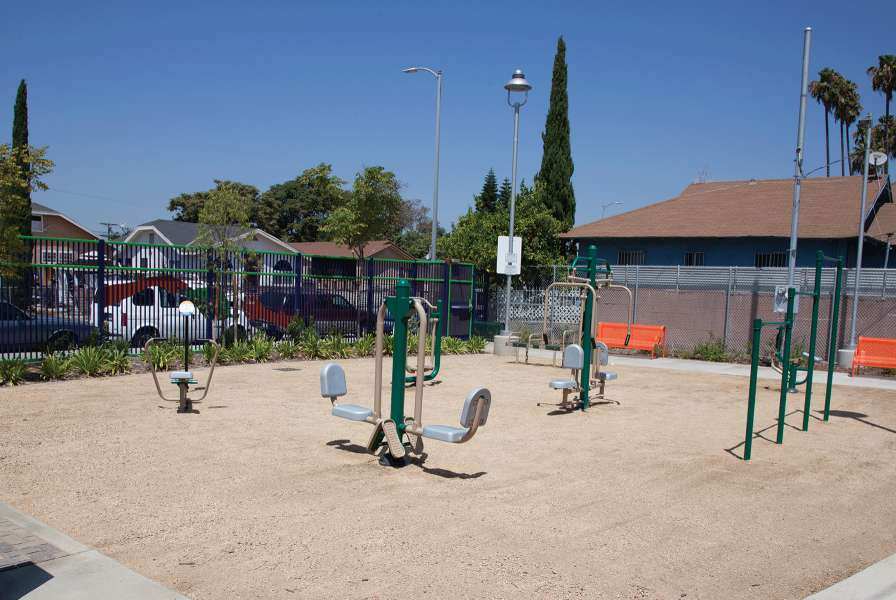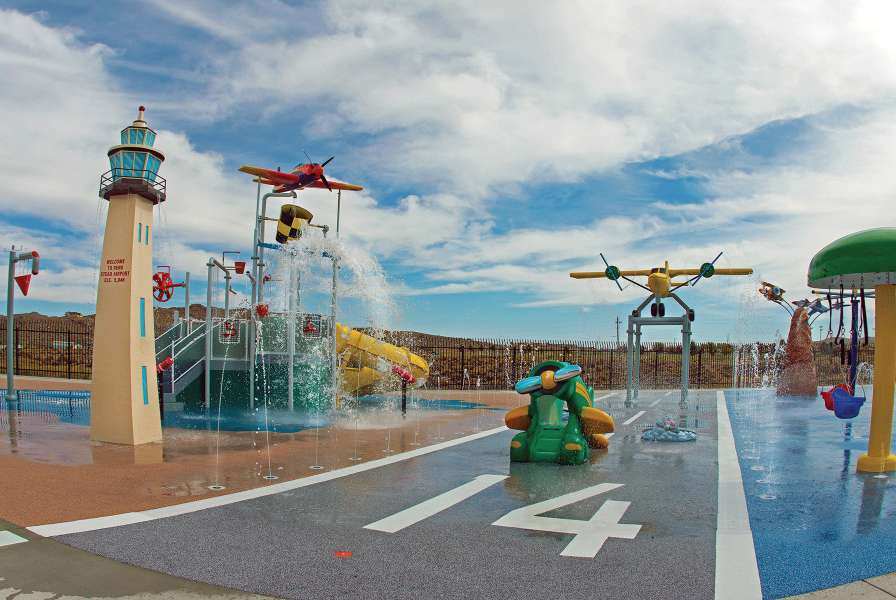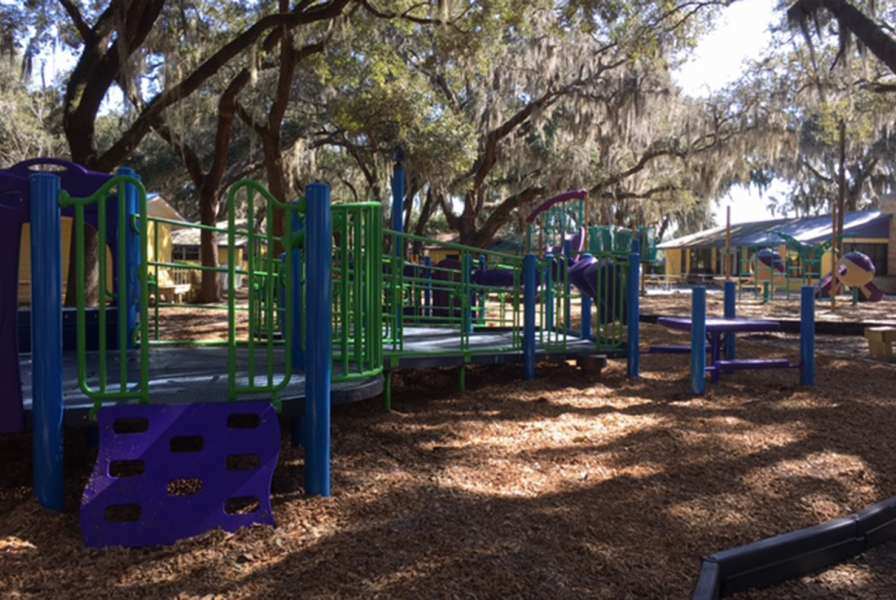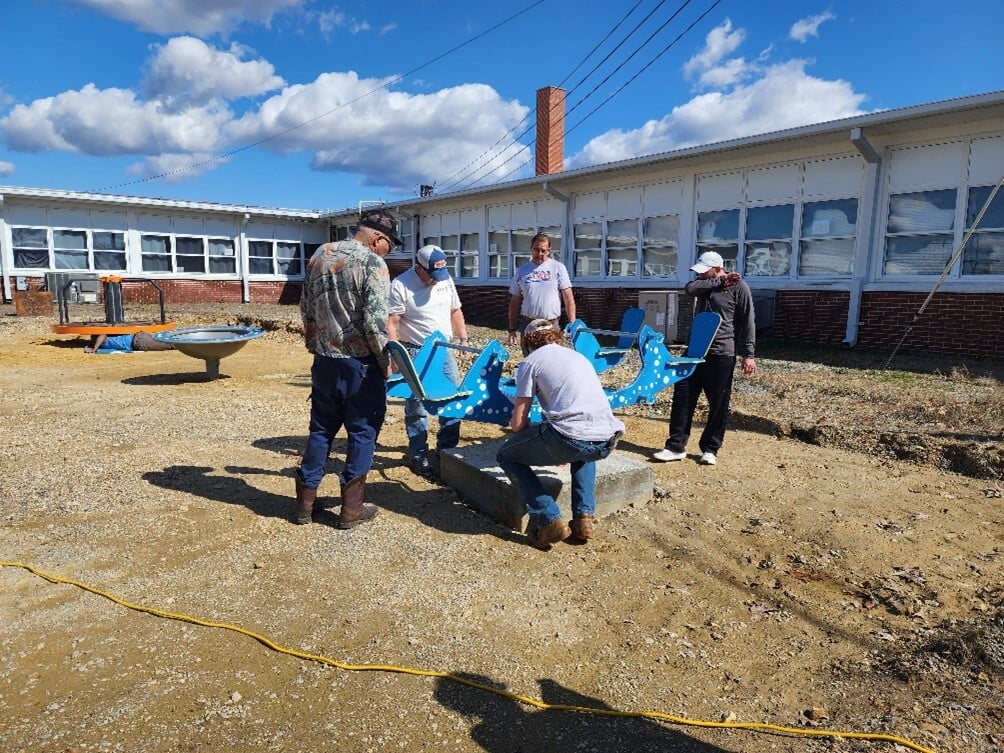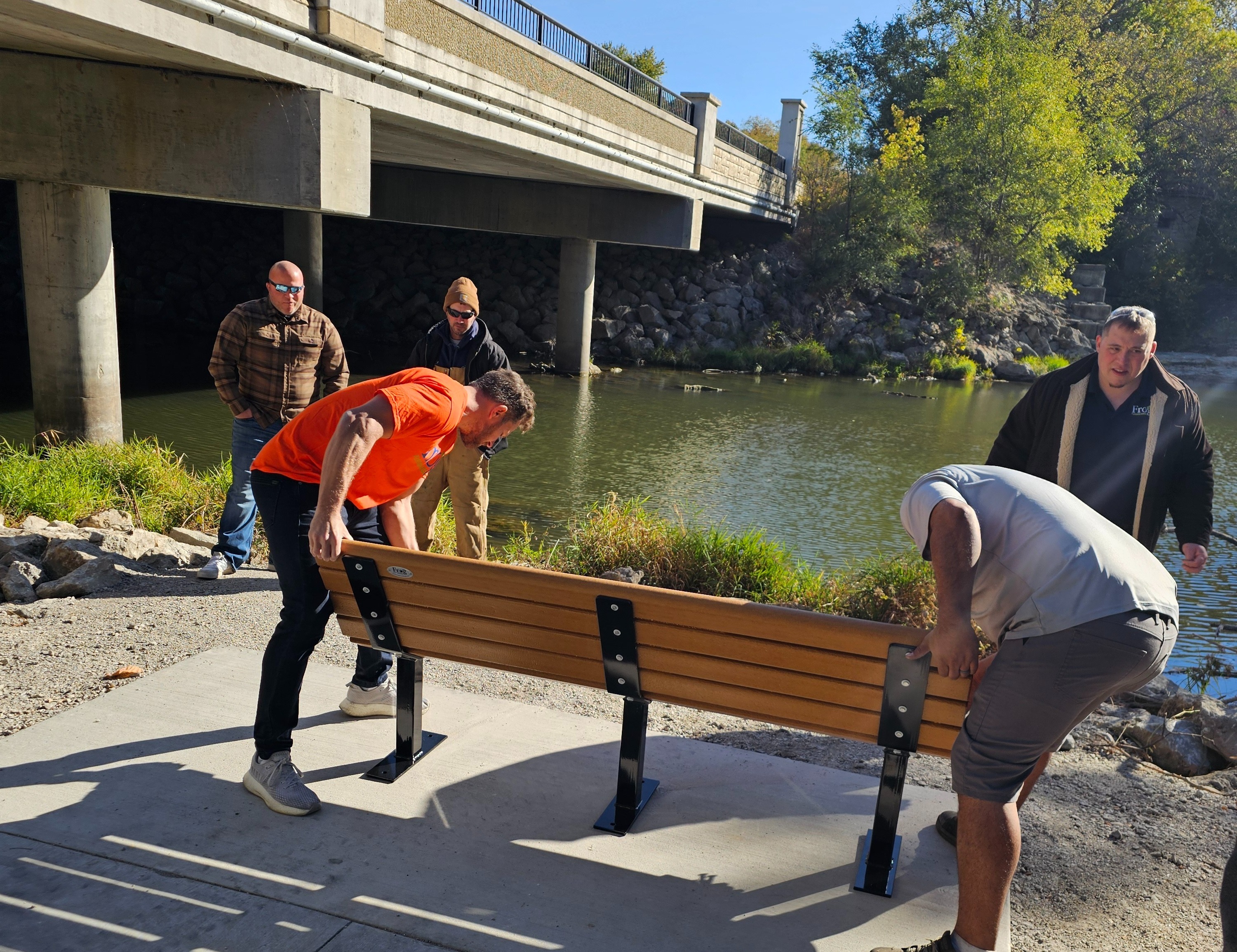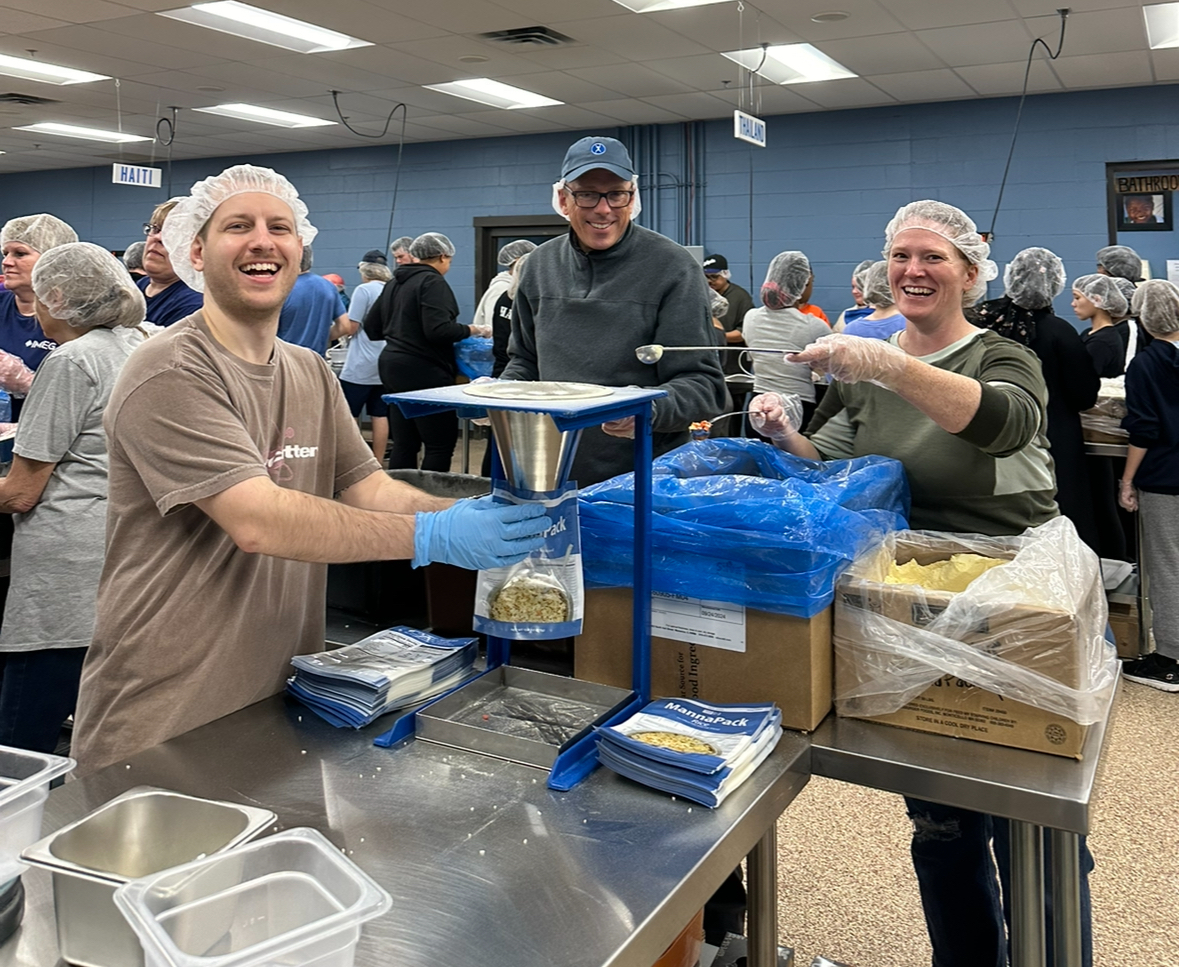When approached with the passion and inclusion, placemaking has the potential to bring out the childlike spirit in everyone. While decisions must be made and priorities and project scopes determined and followed, there are opportunities with every public space for an amazing, family-friendly destination to emerge.
When exploring options, children can play an important role. They see the world with a unique perspective, they aren’t burdened by “impossible,” and if their ideas are considered openly, they can help set a tone and establish open-mindedness and flexible options that can lead to a more powerful result. In addition, children’s participation in designing an environment where they will be included is an important factor in social justice.
A few key rules when working with children:
Nurture their imagination.
Don’t set too many guiding parameters before them, outside of high level project goals and objectives.
Use visualizations.
If possible, holding the meeting at the place location is a great visualization tool. Children are very visual and its easier for them to understand concepts like area if they can see the site live as opposed to as measurements on paper.
Ask open ended questions.
Not yes/no questions. “If you could create anything within this space to make your family want to come back over and over what would it be?” will get more input than “Would you like to see a family picnic area here?”
Don’t ask steering questions.
Say “What activities does your family like?” not “Does your family take walks together?”
Provide tools for visual responses.
Children love to draw, and may be more responsive to drawing their preferences to writing or interviews.
Nurture collaboration.
Consider using giant easels or large sheets of paper on desks and allowing children to work in teams to help nurture collaboration.
Let them present.
Give children a chance to present their work, so that they have an opportunity to share and explain their choices.
Keep it short.
Keep the meeting no longer than 90 minutes, and focus on participation. Save other topics for another meeting or you may lose the children’s attention.
